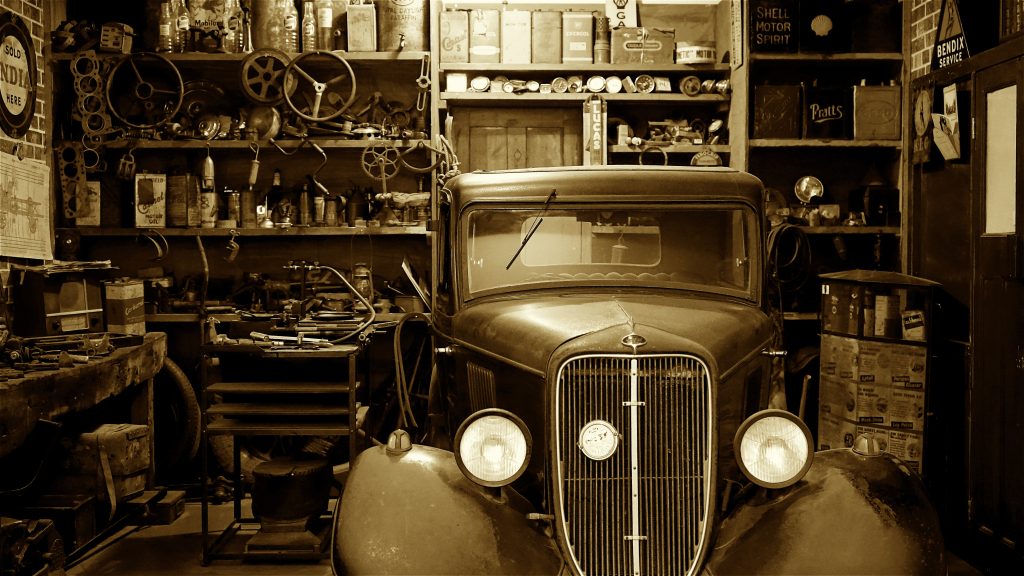1938 BUICK SPECIAL
The 1938 Buick Special Sport Coupé is a two-door coupé-style automobile with the engine placed in the front of the vehicle and driving the rear wheels. One of the automobile parts of Buick’s Series 40 lineup is called the Buick Special Sport Coupé. It has a petrol engine that is naturally aspirated, 4.1 liters in capacity, with overhead valves, eight cylinders, and two valves in each cylinder individually. At 3400 revolutions per minute, it generates 107 horsepower (108 PS/80 kW), and at 2000 revolutions per minute, it achieves its maximum torque of 275 Newton-meters (203 pound-feet/28 kilogram-meters). A three-speed manual transmission is what transfers the power from the engine to the wheels.
By the late 1930s, Buick had solidified its position as the third-most prestigious brand within the General Motors lineup, placing it below Cadillac and LaSalle. However, it ranks ahead of Oldsmobile, Pontiac, and Chevrolet in the hierarchy of status. It had gained the coveted moniker “the doctor’s car,” which embodied the spirit of Buick: The 1938 Buick Special was not quite flashy, clearly a cut above common, and rock-solid trustworthy, which was an essential quality in an age when home visits were still part of a physician’s routine.
Performance and Fuel Economy
It’s not very probable that Buicks like this 40-Series convertible with four doors saw a lot of use among medical professionals. The inventory of the 1938 Special included eight different body types and a bare chassis option for custom coachbuilders. The Specials were powered by a 248-cubic-inch in-line eight-cylinder engine rated for a meager 107 horsepower. The Phaeton, which weighed 3,705 pounds and was the heaviest vehicle in the range, did not have a powerful engine.
Design, Comfort, and Quality
When it was first introduced, the Series 40 was equipped with an overhead-valve, 257.5 cubic inches Buick Straight-6 engine. It was capable of generating 80.5 horsepower at 2,800 revolutions per minute. Some 74,257 examples were produced, the highest number of Buicks for the year 1930.
As a result of the debut of the Marquette Model 30 and Buick’s decision to reposition the Series 50 as the company’s entry-level offering, production of the Series 40 was put on indefinite hold for the 1931 model year. In 1935, the model was brought back with a 233.0 cubic inch (3,818 cc) Buick Straight-8. As of this generation, all General Motors automobiles shared a corporate image due to the Art and Color Section. Additionally, small annual adjustments were added to the appearance to keep it looking current.
The patent application for “No Draft Individually Controlled Ventilation” was submitted on November 28, 1932, and 1933 was the first year that all General Motors vehicles were equipped with optional vent windows. These windows were initially known as “No Draft Individually Controlled Ventilation,” but they were later renamed “Ventiplanes.” It was given to the Ternstedt Manufacturing Company, a subsidiary of General Motors that built components for Fisher Body. These components were used in the Special when first released in 1935. Under the umbrella of the Buick-Oldsmobile-Pontiac Assembly Division, several new production facilities were established all around the United States.
The Series 40 was the most cost-effective Buick model, and it was available in six different body designs. All Buicks were equipped with a selection handle situated on the dashboard. This handle allowed the driver to adjust the spark timing and use regular or premium-grade gasoline, depending on their needs.
Specifications
- Length: 200.1 in
Engine type: naturally aspirated petrol Straight 8
Fuel tank: 18 g

1938 BUICK SPECIAL Factory Service Manual
The 1938 Buick Special is indeed a classic in it’s own right. Restoring one is like a right of passage to true Buick fans. One common restoration requirement for this iconic vehicle is the meticulous repair or replacement of its electrical system. Bringing a factory original repair manual to the situation is always suggested. Aged wire in particular tends to need attention. Over time, the original wiring can become brittle and deteriorate, causing various electrical issues that compromise the car’s safety and functionality. Restoring the wiring harness not only rectifies these issues but also preserves the authenticity and reliability. Ensuring that it remains a cherished piece of automotive history is an important part of restoration.
The 1938 Buick Special’s enduring appeal lies not only in its stunning design but also in its historical significance. With the help of resources like the 1938 Buick Special Factory service manual, which covers every aspect of the car’s operation, enthusiasts and restorers can effectively maintain and repair this classic vehicle. Whether you’re a vintage car collector, a devoted enthusiast, or a skilled mechanic, this manual is a vital tool to ensure the continued smooth operation and preservation of the 1938 Buick Special, securing its place as an iconic piece of automotive heritage.
Frequently Asked Questions
How long is a 1938 Buick Special?
200.1 inches
What body styles was the 1938 Special available in?
Coupe, Sedan, and Convertible

